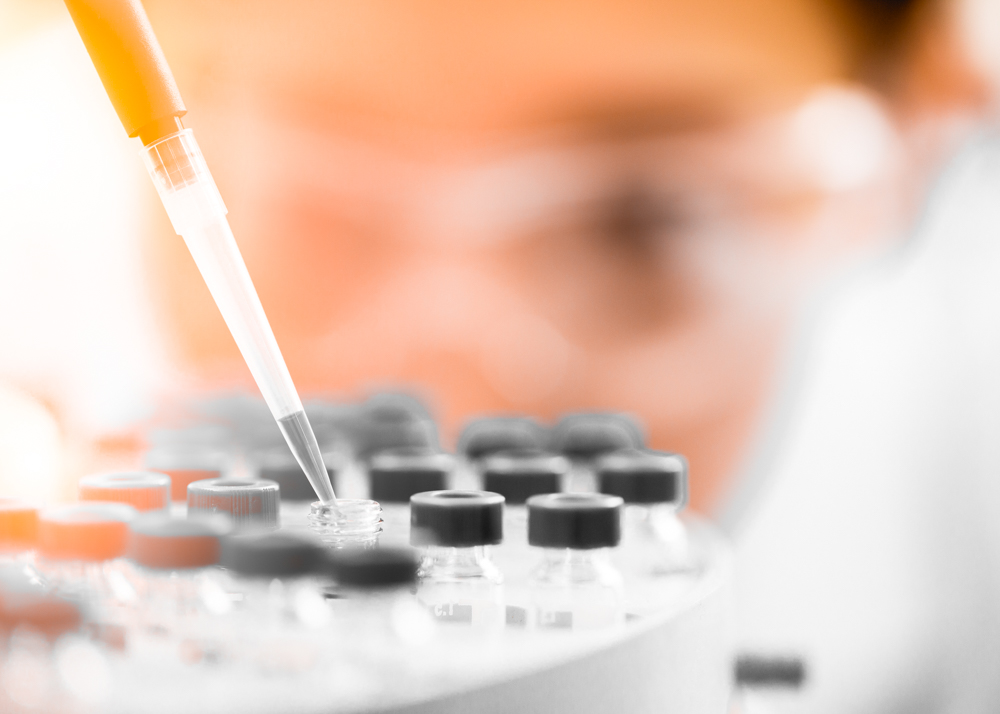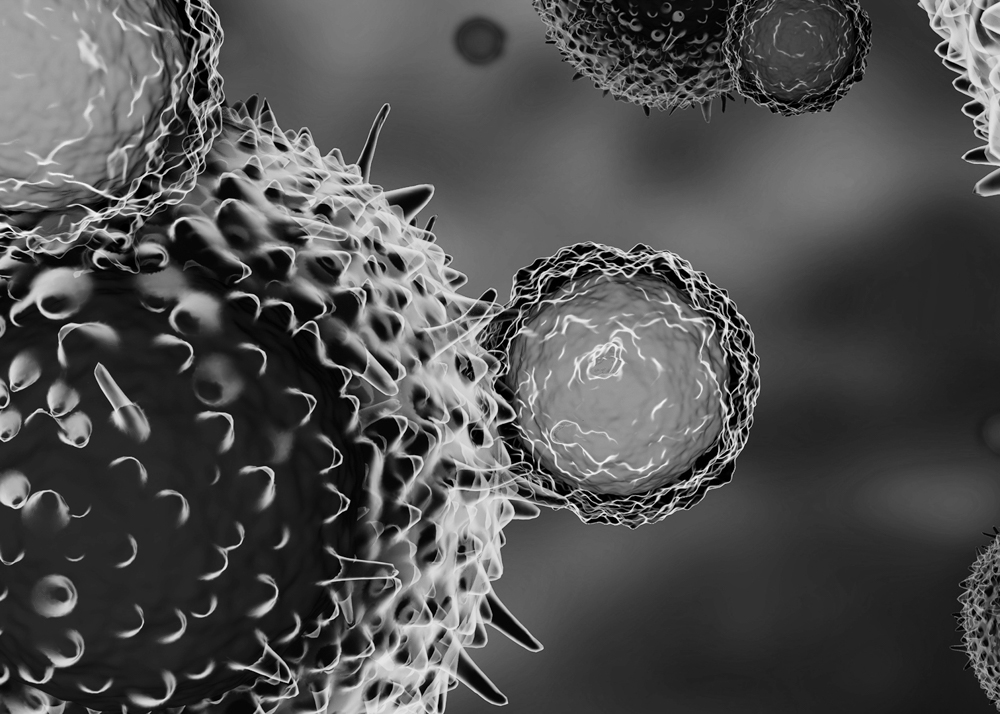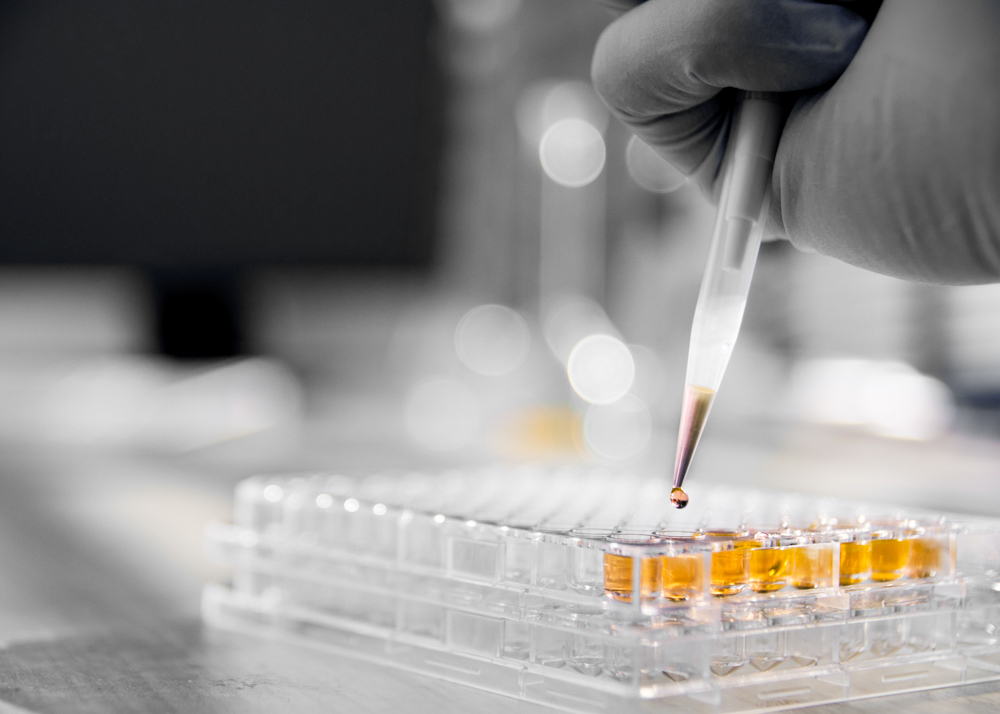Research
“We expect to improve efficacy in solid cancer by producing therapeutic T cells with stem-like properties by optimizing therapeutic potential.”
– Else Marit Inderberg, Cellfit Project Lead, Oslo University Hospital
“Norsk robot jakter på de beste kreftkrigerne”
Interview with Hanne Haslene-Hox published
at Gemini.no about the CellFitProject
7th EUROPEAN CONGRESS OF IMMUNOLOGY
Poster presentation by Hanne Haslene-Hox
The Intelligent Health Conference – OsloMet
Presentation of Cellfit by Else Marit Inderberg
& Sebastian Franco Ulloa
Cells Fit for the Fight Against Cancer,”
by Else Marit Inderberg in EU Research’s
Spring 2024 edition
“Transient TCR-based T cell therapy in a patient with advanced treatment-resistant
MSI-high colorectal cancer”
“CD37 is a safe chimeric antigen receptor target to treat acute myeloid leukemia”
“Efficient CAR T cell targeting of the CA125 extracellular repeat domain of MUC16”
The CellFit Project
Clinical outcomes reported for solid tumor adoptive cell therapy have been inadequate compared to liquid cancers. To improve therapeutic efficacy and treatment cost-effectiveness which depend on long-term clinical outcomes, T-cell manufacturing methods require development. Standard, non-optimal, formulae are currently used in the manufacture and a knowledge gap exists for which factors are required to produce clinically optimal T cells in an artificial in vitro expansion versus a successful physiological in vivo T cell response. Large-scale testing is required to identify these factors.
By merging automated high-throughput screening technologies with clinical T-cell manufacturing and the access to innovative reagents, The CellFit Project seeks to provide significantly improved cellular products
(more active and in vivo persistent) and processes (higher yields, more streamlined). Although high-throughput screening approaches are used to identify and select targets or antigens in T-cell therapy, no one is currently using these techniques to screen culture conditions to advance the T-cell manufacturing process.

Primary Objective
The primary objective of CellFit is to define optimal growth conditions for improved manufacturing of therapeutically active, adapted therapeutic T cells required for solid tumour treatment. CellFit’s aim is to provide access to this technology to drug developers to enable their successful translation and commercialization of products which in turn, will benefit a larger number of patients. This will be accomplished by developing novel screening methods and translate these to clinical practice, taking into account cGMP manufacturing requirements and economic practicalities.

Secondary Objective
The secondary objectives of this project are to establish efficient screening methods to identify optimal growth conditions for T cells, evaluate the patient-specific variation in growth conditions that should be used for T cell expansion, translate the identified protocols into clinical use for adoptive T-cell therapy using relevant patient material, expand the use of the established screening platform to other applications in immunotherapy such as drug combinations (epigenetic modulators, checkpoint inhibitors) and their effects on T cells, and to perform this research actively integrating Responsible Research and Innovation (RRI) principles.

T cells are immune cells that are key players in the host defence against cancer.
T cells are first stimulated and “trained” to recognize cells carrying proteins that are different and do not belong. T cells can circulate throughout the body and recognize unhealthy target cells that are infected or cancerous through their surface T cell receptors (TCR). If such cells are found, T cells multiply and attack the threatening/unhealthy cells.
T cell therapy is a type of cancer immunotherapy that most often use the patient’s own T cells as a “living drug”.
Each T cells is normally developed to target one specific molecule in unhealthy cells, but for therapy we can modify these cells by introducing specific TCRs
or chimeric antigen receptors (CARs) to make hem recognize cancer cells; T cell are collected from the patient, genetically modified, and grown to sufficient numbers in the laboratory before they are given back to the patient.
Image source, BioRender.com
Key Questions and Hypothesis
The key objective of CellFit is to define optimal growth conditions for improved manufacturing of therapeutically active T cells.
Key questions are
- Which type of T cells remain therapeutically active in the patient to prevent the cancer from coming back?
- How can we stimulate the preferential growth of these T cells when we manufacture T cells? Which growth factors do they require?
Which type of bioreactors? Which type of medium? Which type and strength of stimuli?
Our hypothesis is that to make more efficient T cell therapy for solid cancers these T cells need to persist in the body for years and be able to tackle harsh tumor microenvironments. We believe more homogenous T cells with stem-cell-like properties could be far more resilient under such conditions than the T cells we produce today.
We have a large number of factors that we would like to test for the production of these T cells and will verify which type of properties the produced T cells have (phenotype, metabolism, cancer cell killing).
The success of CellFit depends on a cross-disciplinary approach and the capacities of each partner for developing reagents, screening platforms, T cell manufacturing, and responsible research and innovation with effective public outreach.
Spring 2024 issue of EU Research
Explore further insights into the CellFitProject:
“Cells Fit for the Fight Against Cancer,” by Else Marit Inderberg in EU Research’s Spring 2024 edition.
Inderberg, E.M. (2024). ‘Cells fit for the fight against cancer’, EU Research, Spring 2024 vol. (37), pp. 24 – 25
